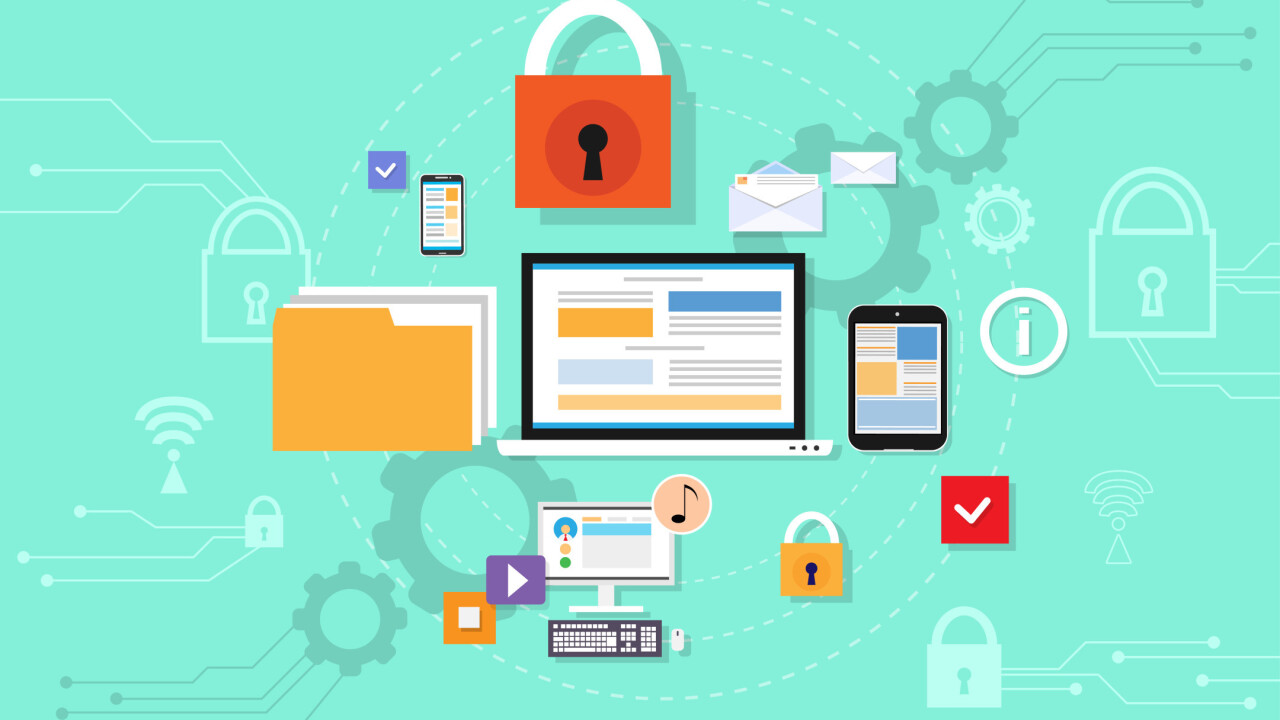
With on-premise solutions come great control.
You can house everything in your office in a locked-down closet. You can even hire a security guard to protect your servers. But you’re also stuck with expensive maintenance, costly upgrades and inflexible hardware. When something breaks, you’re stuck with the downtime, unhappy customers and repair costs too.
IT leaders are well-aware of the cloud’s user experience benefits. Even still, the decision to transition systems, even partially, can be daunting. The big questions? Security, reliability, uptime and data ownership. When customers depend on your systems, you can’t take any chances. Fortunately, you can minimize the risks of potential problems too. Here’s how:
Take small steps
Very few companies move 100 percent of their operations to the cloud. Enterprise organizations will often need a mix of cloud-based and on-premise technologies. The decision to use the cloud isn’t all or nothing: it’s a slow and steady process.
One of the most important factors to keep in mind is security. There are some business operations that need higher security standards than others. The decision to use Google Apps to manage a spreadsheet, for instance, is very different from storing healthcare data on a cloud-based server.
“There are still a number of challenges around data privacy, compliance and security,” says Dr. Hugh Thompson, CTO and SVP of enterprise security company Blue Coat Systems.
“These include compliance requirements for Personally-Identifiable-Information (PII), as well as payment (PCI) and protected health information (PHI). Another concern for multinational companies is strict data governance and data sovereignty.”
These concerns are resolvable through additional security layers. But often, the necessary technologies take time to vet, implement and customize.
“For companies concerned with finding the time and expertise needed to implement security solutions in the Cloud, managed services providers (MSP) are often a great option,” said Brendan Fortune, Director of Product Management at web and cloud hosting company, Media Temple. “Having a cloud and security expert help get you over the hump without requiring an in-house hire is a great way to stay focused on running your business instead of managing your infrastructure.”
![shutterstock_2896516401-[Converted]](https://cdn0.tnwcdn.com/wp-content/blogs.dir/1/files/2015/11/shutterstock_2896516401-Converted.png)
“The most important thing companies can do to mitigate these concerns is to identify their true risks and secure sensitive data from unknown third parties and vulnerabilities,” says Thompson. “Businesses can do this by partnering with internet security companies, which can establish an ‘entryway’ to a cloud application that is secure.”
Each process will have its own barriers to implementation in the cloud. Start with initiatives that have the fewest complexities and points of friction. Build up your efforts form there.
Focus on tomorrow
Customers have high expectations for the products and services that they’re using. At the rate that technology evolves, your on-premise solutions will soon be obsolete. With this perspective in mind, the cloud’s long-term benefits will outweigh short-term cost and security considerations.
“There’s an imperative today to create and iterate on the digital experience of your customers across almost every industry and company size,” says Abner Germanow, senior director of solutions marketing at New Relic. “Given the amount of effort required to build and run web and mobile applications, distractions in that effort slow down the process and focus companies have in getting a digital experience to be useful, or ideally delightful.”
Cloud technologies are long-term investments that optimize two things: costs and customer experiences. With a successful implementation strategy, you’ll increase efficiencies while providing faster, more tailored services to your customers. As Germanow puts it:
“We’re believers in the the cloud because of the amount of time people now spend in front of software. Bad software can ruin your day, while great software can expedite support tickets, increase speed of delivery and empower customers to achieve their goals, faster.”
The cloud also levels the business and security playing field: small businesses can now deliver the same level of performance and services as their enterprise counterparts. The cloud also transfers maintenance responsibilities to established companies like Google and Amazon who have more time and resources to invest in refining security.
“Cloud and SaaS enable everyone from the Fortune 10 to three people in a coffeeshop with laptops, credit cards and a desire to build a business,” says Germanow.
![shutterstock_293432915-[Converted]](https://cdn0.tnwcdn.com/wp-content/blogs.dir/1/files/2015/11/shutterstock_293432915-Converted.png)
Build trust
When you choose a cloud provider, you make a big decision: you put your security considerations into the hands of a third-party.
“You’re abrogating responsibility for protecting your customers’ data to someone else,” says Steve Santorelli, fellow at internet security research and insight firm Team Cymru. “This can be great if the partner you select is as committed as you and they are willing to invest the massive time and money needed to do a good job.”
Some cloud providers are better than their customers at monitoring logs, patching servers and providing event response. Other cloud providers think of security as an afterthought.
“Remember that the crowd is a very crowded market right now, so folks are having to make cuts to maintain margins,” says Santorelli. “Security is an easy thing to cut as it’s largely not even noticed by clients until bad things happen.”
Do your due diligence and choose a partner who holds security to standards as high as you do. Businesses large and small are a target and you can’t stop a breach after it’s happened. Your customers trust you, so you should trust your cloud provider too.
Read next: Integrating the cloud into your business
Image credit: Shutterstock
Get the TNW newsletter
Get the most important tech news in your inbox each week.
 This post was brought to you by Media Temple
This post was brought to you by Media Temple





